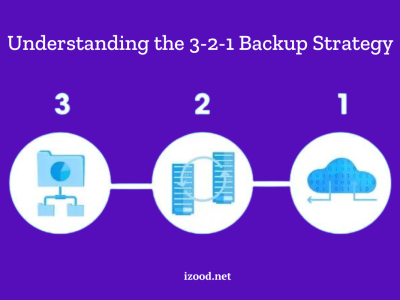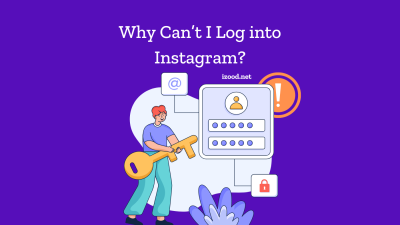
In today’s digital age, the efficient exchange of internet traffic on a global scale is paramount. With over 5.35 billion internet users as of January 2024, and monthly internet traffic expected to surge to 150.7 exabytes, primarily driven by video content, the need for efficient traffic exchange mechanisms has never been more critical. This need is met through the process of peering, which allows networks to share traffic with each other, from large Internet Service Providers (ISPs) managing backbone network traffic to smaller ISPs focusing on regional endpoints.
The Essence of Peering
Peering represents the backbone of the internet’s connectivity, enabling direct traffic exchange between networks at Internet Exchange Points (IXPs). This system enhances internet performance, reduces reliance on third-party transit providers, and offers a faster, more reliable internet experience by efficiently routing data with fewer hops.
The Shift to Remote Peering
However, the traditional model of Direct Peering, requiring a physical presence at IXPs, is becoming less feasible for many organizations due to its high costs and logistical complexities. Enter Remote Peering, a model that allows for the seamless connection to IXPs without the need for physical presence. This method, facilitated by service providers with pre-existing connections to peering platforms, is seeing significant growth due to its ability to deliver exceptional digital experiences globally.
Strategic Advantages of Remote Peering
Global Access and Cost Efficiency
Remote Peering democratizes access to global IXPs, enabling businesses to peer at multiple locations worldwide without the substantial costs and complexities associated with Direct Peering. This model eliminates the need for physical Points of Presence (PoPs), hardware installations, and the management of multiple supplier relationships, offering a more streamlined and cost-effective approach to global connectivity.
Operational Simplicity and Enhanced Performance
The operational simplicity of Remote Peering cannot be overstated. It allows IP networks to join an IX and establish a peering policy with minimal hassle, bypassing the need to manage connections with numerous networks individually. Moreover, Remote Peering facilitates easy connections with a broader range of networks at different IXPs, leading to improved network performance and reduced latency. Businesses can select peering locations strategically to minimize the distance data packets travel, thereby lowering latency and enhancing the overall internet experience.
The Financial Perspective
One of the most compelling arguments for Remote Peering lies in its cost-effectiveness. By circumventing the need for extensive physical infrastructure and its associated expenses, networks can expand their peering relationships across multiple IXPs at a fraction of the cost. This model offers significant savings, making it an attractive option for networks aiming to broaden their reach without incurring prohibitive costs.
Case Studies: A Comparative Analysis
Scenario One: European Expansion
In this case, a business operating across multiple European locations faced the challenge of managing direct peering arrangements with five different Internet Exchange Points (IXPs). The complexity of these arrangements, including the need for physical infrastructure, dedicated hardware, and separate negotiations for each IXP, resulted in significant operational and financial overhead. The solution involved transitioning to a Remote Peering service that offered a unified 100G interconnection port, simplifying their network architecture and significantly reducing costs.
The transition to Remote Peering enabled the business to maintain its extensive peering relationships while eliminating the need for a physical presence at each IXP. This move not only streamlined operations but also offered a more cost-effective model by reducing capital expenditures on hardware and operational expenses associated with managing multiple direct peering relationships.
Scenario Two: Asia-Europe Connectivity
Another business scenario involved a company seeking to enhance its connectivity between Asia and Europe. The direct peering model previously adopted was proving to be inefficient and costly, with the added complexity of navigating diverse network environments and regulatory landscapes across continents. By adopting a Remote Peering solution, the company was able to consolidate its peering arrangements, leveraging a single service provider to access multiple IXPs across both regions.
The implementation of Remote Peering provided the company with a seamless, efficient, and more economical way to manage its international network traffic. This approach not only facilitated better bandwidth utilization and improved network performance but also resulted in significant cost savings by eliminating the need for multiple direct connections and the associated logistical challenges.
Concluding Findings
Both case studies demonstrate the strategic value of Remote Peering in addressing the complexities and costs associated with traditional direct peering methods. By transitioning to Remote Peering, businesses were able to achieve greater operational simplicity, cost efficiency, and improved network performance. These findings underscore Remote Peering’s role as a crucial enabler for companies looking to expand their digital footprint and optimize their global network connectivity without the burdens of traditional peering models.
Conclusion
The strategic value of Remote Peering in today’s interconnected world is undeniable. It not only simplifies the process of connecting to IXPs globally but also offers significant cost savings, operational efficiencies, and performance enhancements. As the demand for efficient and reliable internet connectivity continues to grow, Remote Peering emerges as a pivotal solution for businesses looking to expand their digital footprint without the burdens of traditional peering models.











